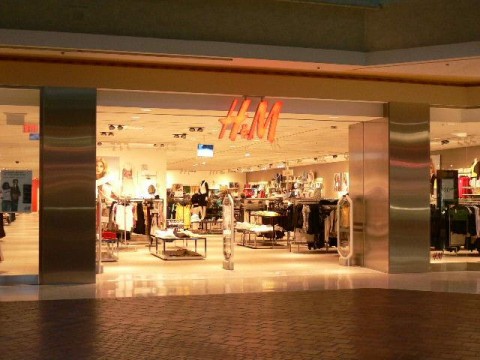Bangladeshi government must be responsible to push up factory inspections, and manufacturers should invest more into making their factories safer. And the more important thing is that U.S and European retailers must demand it and help pay for it. However, behind all these facts, a huge order of clothing in a short time from giant retailers which lead to subcontracting by manufacturer is a major obstacle to improving safety in Bangladesh’s garment industry – the owners of clothing factory in Dhaka revealed.
Vikas Bajaj from The New York Times has the story.
Doing Business in Bangladesh
The owner of a clothing factory in Dhaka, Bangladesh, was at New York University last week to meet with clothing industry executives, labor activists and American and European government officials to talk about the Bangladeshi garment industry, the world’s second-biggest exporter of clothes after China.
The workplace disasters in this business have grabbed the world’s attention, and for the past year, Western retailers that outsource their clothing production to Bangladesh have tried to come up with reforms. But there are big obstacles to improving safety in an industry driven by low profits and constant upheaval.
I met with the businessman and another factory owner; both would speak only on the condition that they not be identified because they feared offending their customers. A central problem, the first owner told me, is the rapid turnaround big retailers like Walmart demand when they put in orders for tens of thousands of T-shirts or shorts. Since his factory isn’t able to make all the garments in time, he has to send some of the work to smaller producers. “I can’t do it officially,” he said, “but unofficially, I can.”
Unauthorized subcontracting to smaller, uninspected factories is not supposed to happen, but it remains an entrenched practice. It is a primary reason safety guidelines that apply to bigger contractors have not prevented the hundreds of worker deaths in fires and building collapses in facilities like Rana Plaza, which crumbled last April killing 1,129 people.
The factory owners admitted that what they were doing was wrong. But they said Western clothing companies were also culpable because they often award contracts to manufacturers that they know do not have enough machines and employees to do the job.
Every player has motives to look the other way. The retailers ignore the subcontracting because they would rather manage fewer big contracts, and the per-piece price of garments falls with bigger orders. Suppliers don’t turn down giant orders because they fear they will be shut out of future jobs. “Any vendor in Bangladesh thinks thrice before saying no,” the second owner said to me. And the subcontractors, the lowest on the ladder, are desperate for orders, compete brutally and cannot afford to upgrade their workshops.
 H&M is one of biggest contractors of Bangladesh’s clothing factories
H&M is one of biggest contractors of Bangladesh’s clothing factories
Still, the two owners said there are ways to improve the system. Western companies should not award contracts that are so big suppliers cannot realistically fill them without subcontracting. “There should be a switchboard and the red light should go on,” one said. Both pointed to H&M, the Swedish clothing retailer that buys more clothes from Bangladesh than any other Western company, as a model for other firms to follow. They said the company establishes multiyear relationships with factories and keeps track of every subcontractor, including small workshops that might screen-print T-shirts and embroider clothes.
“If customers like H&M didn’t push us,” the second owner said, “we wouldn’t do a lot of things.” Of course, the government needs to step up factory inspections, and Bangladeshi manufacturers should invest more of their profits into making their factories safer. But none of this will happen if clothing retailers in the United States and Europe do not demand it and help pay for it.